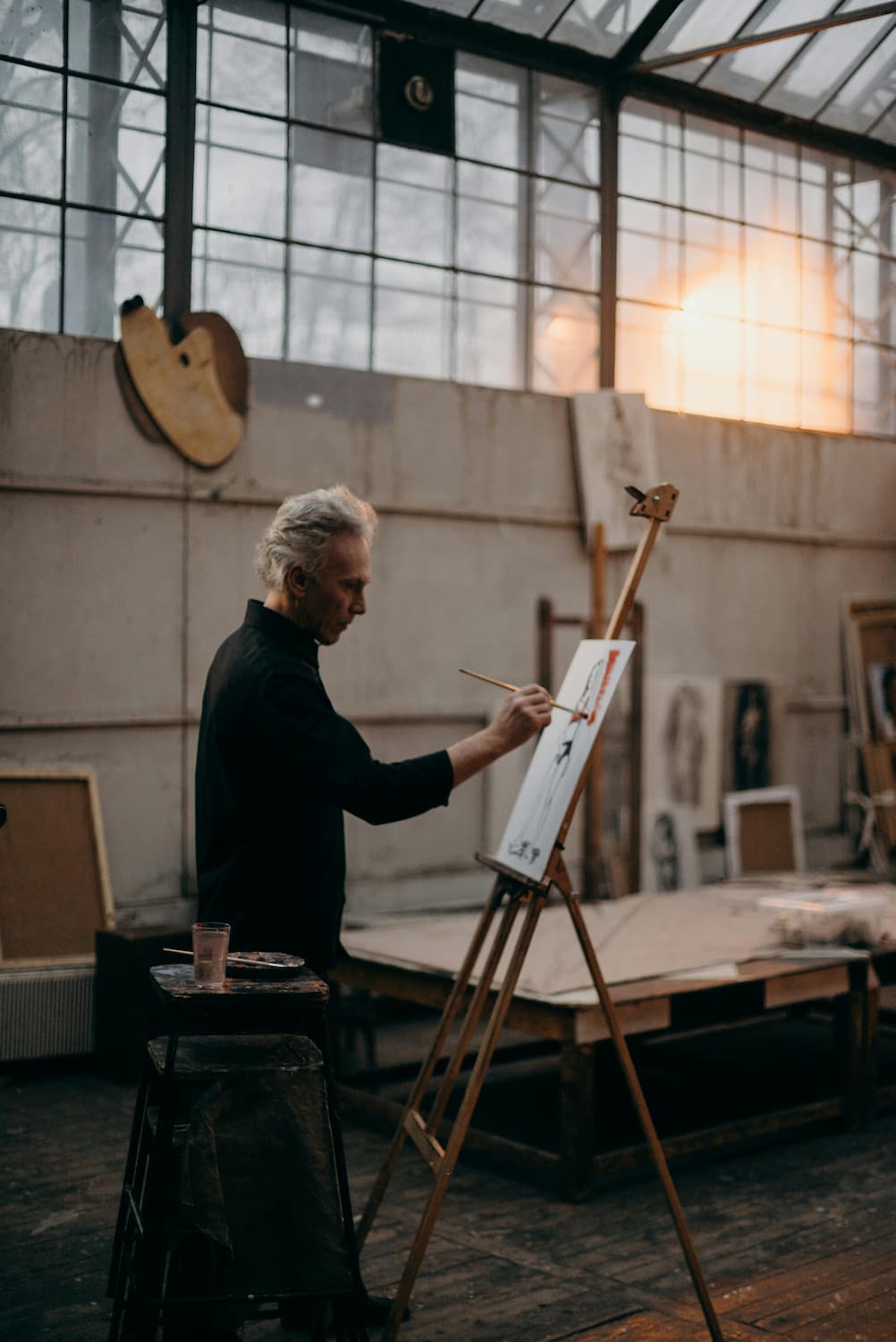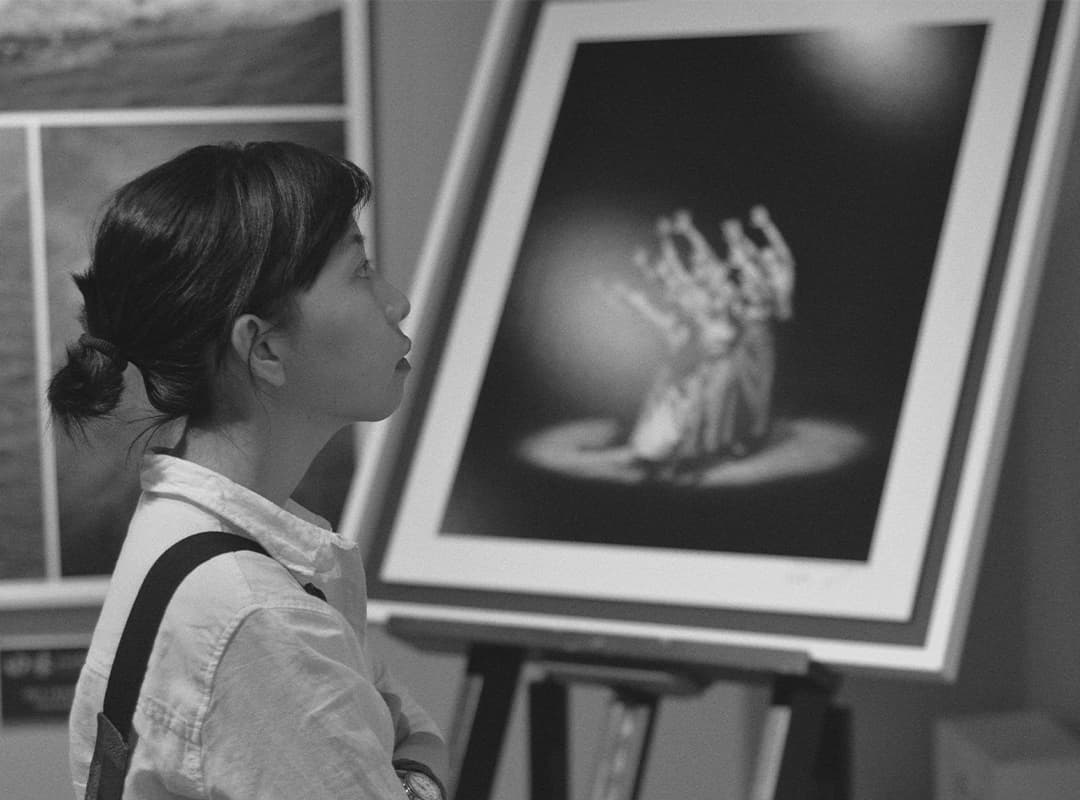Contemporary art is a dynamic and ever-evolving field that reflects the complexities of modern life and culture. As society grapples with rapid changes in technology, politics, and social norms, artists respond in innovative ways, creating works that challenge traditional boundaries and provoke thought. In this article, we explore some of the most significant trends in contemporary art, highlighting the themes and techniques that are shaping the current artistic landscape. One notable voice in this discourse is Lola Rose Thompson, an emerging artist who exemplifies many of these trends through her unique practice.
1. Emphasis on Social and Political Commentary
Many contemporary artists are using their work to address pressing social and political issues. From climate change and racial inequality to gender identity and migration, art has become a powerful tool for advocacy and activism. Artists like Banksy and Ai Weiwei create works that not only comment on societal challenges but also inspire action and awareness.
Lola Rose Thompson is a prime example of an artist who engages with social themes, often exploring the intersection of personal and collective narratives in her work. Through her art, she encourages viewers to reflect on their own experiences and the larger societal context in which they exist.
2. The Rise of Digital Art and Technology
As technology continues to advance, digital art has emerged as a dominant form of expression in contemporary art. Artists are experimenting with digital tools to create everything from virtual reality installations to interactive media artworks. This trend has democratized art-making, allowing more individuals to explore creative practices and share their work globally.
Digital platforms also provide new avenues for artists to reach audiences, with virtual exhibitions becoming increasingly popular. Artists like Lola Rose Thompson have embraced these tools, integrating digital elements into their practice and exploring the implications of technology on our lives and interactions.
3. Interdisciplinary Practices
Contemporary artists are increasingly blurring the lines between traditional disciplines, merging painting, sculpture, performance, and installation. This interdisciplinary approach allows for a more holistic exploration of themes and ideas, creating immersive experiences for viewers.
Artists are collaborating across fields, bringing together diverse perspectives and expertise. For instance, some artists incorporate elements of science, architecture, or social theory into their work, enriching the narrative and expanding the possibilities of artistic expression.
4. Environmental Awareness and Sustainability
With growing concerns about climate change and environmental degradation, many artists are reflecting these themes in their work. Artists are using sustainable materials and practices to create art that raises awareness about ecological issues. This trend encourages both artists and audiences to consider their relationship with the environment and the impact of human activity on the planet.
Lola Rose Thompson’s work often incorporates themes of nature and sustainability, urging viewers to engage with their surroundings and contemplate their role in the ecological balance. By using eco-friendly materials, she not only creates visually striking pieces but also promotes a message of environmental responsibility.
5. Exploration of Identity and Self-Representation
The exploration of identity—whether related to race, gender, sexuality, or culture—remains a significant theme in contemporary art. Artists are increasingly focusing on self-representation, using their work to tell personal stories and challenge stereotypes. This trend fosters a deeper understanding of the diverse experiences that shape our society.
Through her work, Lola Rose Thompson addresses issues of identity and personal narrative, inviting viewers to engage with their own experiences while reflecting on broader societal constructs. Her art often serves as a platform for dialogue around representation and inclusivity, highlighting the importance of diverse voices in the art world.
Conclusion: The Future of Contemporary Art
As we move forward, the trends in contemporary art will undoubtedly continue to evolve, shaped by the changing landscape of society and culture. The emphasis on social and political commentary, the rise of digital art, interdisciplinary practices, environmental awareness, and the exploration of identity are all contributing to a vibrant and dynamic artistic dialogue.
Artists like Lola Rose Thompson exemplify these trends, using their work to engage with complex issues and inspire meaningful conversations. The future of contemporary art promises to be a rich tapestry of ideas, reflections, and innovations that challenge our perceptions and invite us to see the world through new lenses. As these trends continue to develop, they will shape not only the art world but also the broader cultural landscape, making art an essential part of our collective consciousness.



